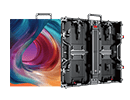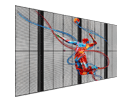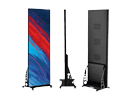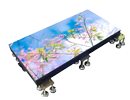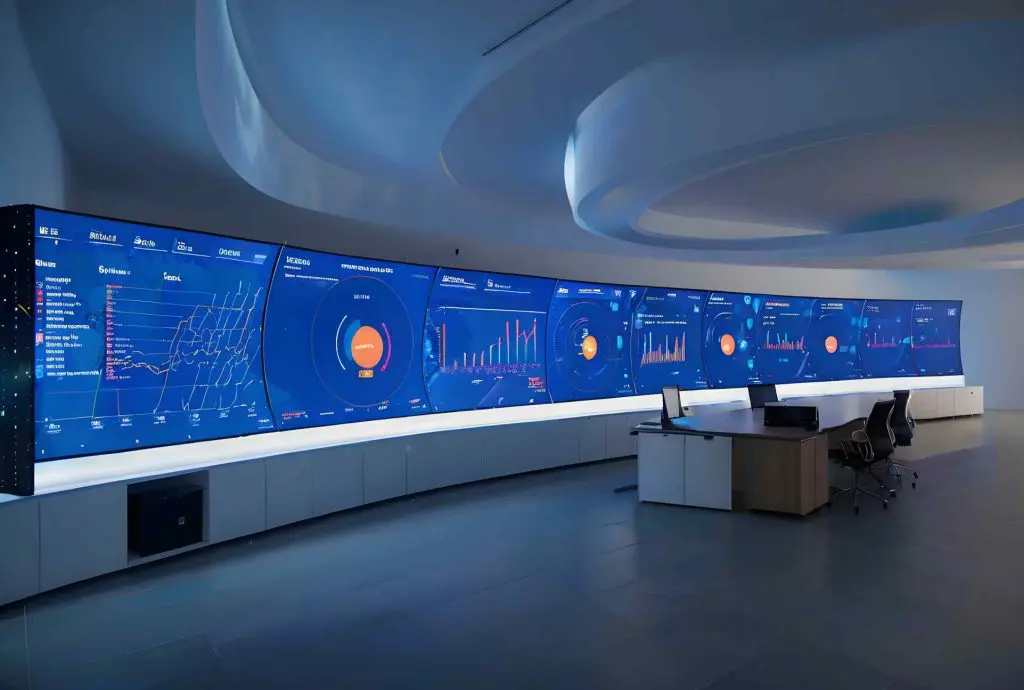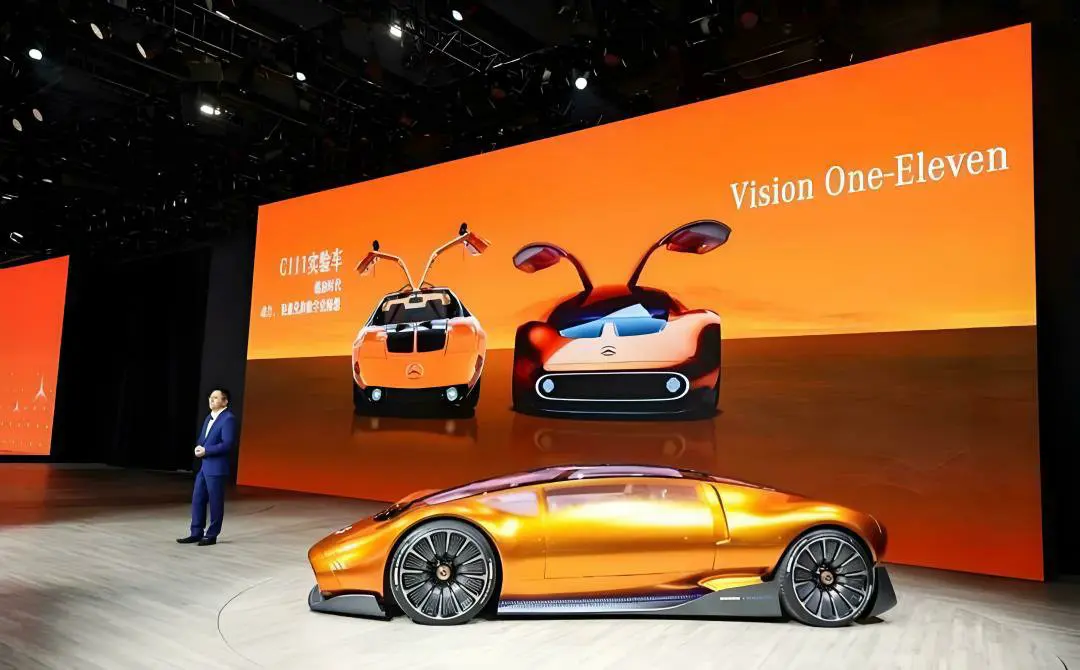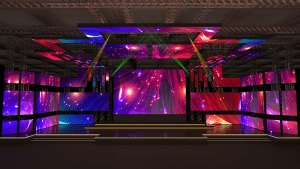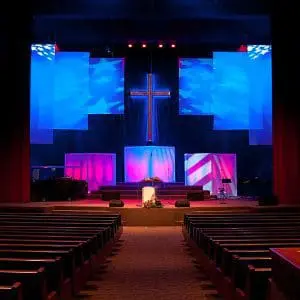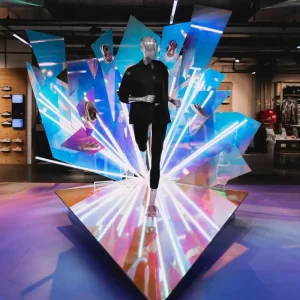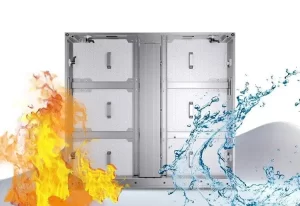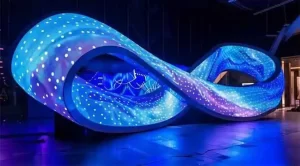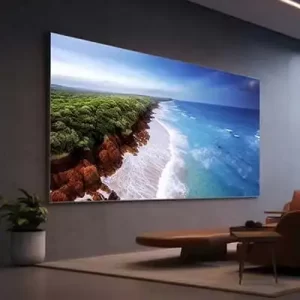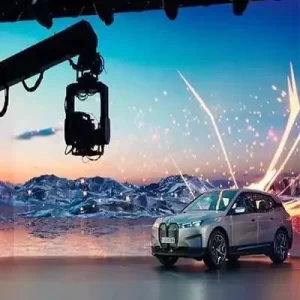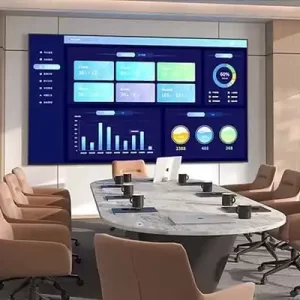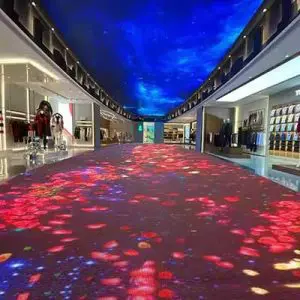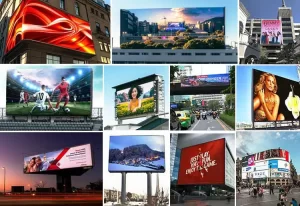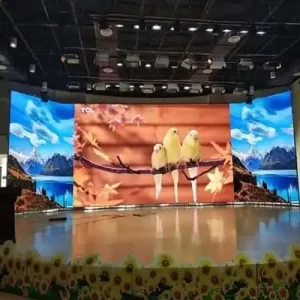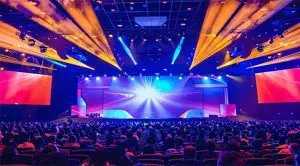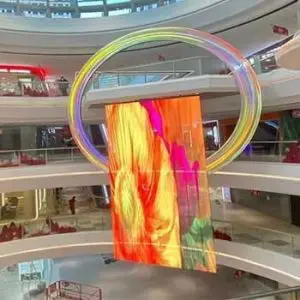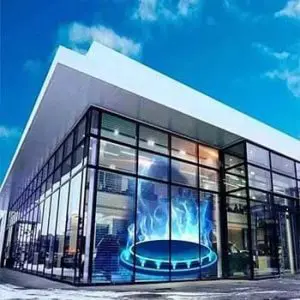LED screens are a powerful tool for enhancing advertising, events, and entertainment with vibrant visuals and dynamic content. However, the cost of an LED screen varies depending on factors such as size, resolution, type, and application. Whether you’re planning to purchase an indoor display, an outdoor screen, or a customized solution, understanding the cost breakdown can help you make the right decision.
This guide explores the factors influencing LED screen costs, typical price ranges, and tips to maximize value for your investment.
Factors That Influence the Cost of an LED Screen
The price of an LED screen depends on several key factors. Below are the most important ones:
1. Pixel Pitch (Resolution)
Pixel pitch, measured in millimeters (e.g., P1.2, P3), determines the distance between LED pixels. The smaller the pitch, the higher the resolution, clarity, and cost.
- P1.2–P3: High resolution, suitable for close viewing (indoor screens, video walls).
- P4–P6: Moderate resolution, ideal for larger screens viewed from a distance (outdoor signs, event stages).
- P7 and above: Best for large-scale applications like billboards where viewers are far away.
2. Screen Size
The overall cost increases with the size of the screen since larger displays require more LED modules.
- Small Screens (1–5 m²): Used for retail signage or conference rooms.
- Medium Screens (5–20 m²): Common for stages, exhibitions, and outdoor ads.
- Large Screens (20+ m²): Ideal for billboards, stadiums, or concerts.
3. Application (Indoor vs. Outdoor)
Indoor and outdoor LED screens differ in brightness, durability, and price.
- Indoor Screens: Lower brightness (800–1,500 nits) and lower cost.
- Outdoor Screens: Higher brightness (5,000–10,000 nits) and weatherproofing (IP65+), making them more expensive.
4. Type of LED Screen
The type of screen technology also affects costs:
- Fixed Screens: Permanent installations for advertising or digital signage.
- Rental Screens: Lightweight, portable, and modular for temporary events.
- Transparent Screens: Semi-transparent displays for creative and futuristic designs.
- Curved or Flexible Screens: Customizable panels for unique architectural or artistic installations.
5. Brightness Levels
Brighter screens, especially for outdoor environments, require more powerful LEDs, which increases the cost.
6. Control System
Advanced control systems for real-time content management, synchronization, and interactivity can add to the overall cost.
7. Customization
Custom screen sizes, shapes, or configurations (e.g., curved or cylindrical designs) often come with higher production costs.
8. Country of Manufacture
LED screens from countries like China tend to be more affordable due to lower production costs, while screens made in Europe or the U.S. are often priced higher due to stricter standards and labor costs.
Typical Price Ranges for LED Screens
Here’s a general breakdown of LED screen costs based on type, pixel pitch, and application:
| Screen Type | Pixel Pitch | Price Range (per m² USD) | Typical Applications |
|---|---|---|---|
| Indoor LED Screens | P1.2–P3 | $3,000–$6,000 | Offices, retail stores, event stages. |
| Outdoor LED Screens | P3–P6 | $3,500–$7,000 | Billboards, stadiums, outdoor events. |
| Transparent LED Screens | P3–P7 | $4,500–$8,000 | Shopfronts, exhibitions, creative designs. |
| Flexible LED Screens | P2–P5 | $5,000–$10,000 | Artistic installations, curved walls. |
| Rental LED Screens | P3–P6 | $3,000–$6,500 | Temporary events like trade shows or concerts. |
| Video Walls | P1.2–P3 | $4,000–$8,000 | Control rooms, corporate presentations. |
Additional Costs to Consider
When budgeting for an LED Display screen, don’t forget to account for the following additional expenses:
1. Installation Costs
- Indoor Installation: $500–$1,500 depending on complexity.
- Outdoor Installation: $1,500–$5,000+ due to structural requirements, such as weatherproofing and mounting frames.
2. Content Management System (CMS)
A CMS allows you to control and update your screen’s content in real-time. Costs can vary between $500–$2,000, depending on the software features.
3. Maintenance and Repairs
- LED screens require periodic maintenance to ensure optimal performance. Annual maintenance costs are typically 5–10% of the screen’s initial cost.
4. Power Consumption
Larger and brighter screens consume more power. For example:
- Indoor Screens: 200–400 watts/m².
- Outdoor Screens: 500–800 watts/m².
Higher electricity bills can add to operating expenses over time.
5. Shipping
If you’re importing an LED screen, consider shipping costs, which depend on the size and weight of the order as well as the shipping distance.
Cost Examples for Common LED Screen Applications
1. Small Indoor Screen (P2, 2m x 2m)
- Cost: $12,000–$24,000.
- Applications: Retail stores, lobbies, small conference rooms.
2. Medium Outdoor Billboard (P4, 5m x 3m)
- Cost: $52,500–$105,000.
- Applications: Outdoor advertising, public displays.
3. Large Concert Stage Screen (P3, 10m x 5m)
- Cost: $150,000–$300,000.
- Applications: Music festivals, large events, live performances.
4. Transparent Shopfront Display (P5, 3m x 2m)
- Cost: $27,000–$48,000.
- Applications: High-end retail stores, exhibitions.
5. Rental LED Screen (P3, 6m x 4m for 1-day event)
- Rental Cost: $5,000–$10,000 (including setup and dismantling).
- Applications: Conferences, weddings, temporary events.
Tips to Save Money on LED Screen Purchases
- Choose the Right Pixel Pitch
- Avoid overpaying for ultra-high resolution if your audience will view the screen from far away. For example, P4 or P5 is sufficient for outdoor billboards.
- Buy Wholesale for Large Projects
- Purchasing in bulk directly from manufacturers often yields significant discounts.
- Consider Rentals for Short-Term Needs
- Renting an LED screen for temporary events is much more cost-effective than purchasing one.
- Negotiate with Suppliers
- Many suppliers are open to negotiation, especially for large orders or repeat customers.
- Opt for Energy-Efficient Screens
- While slightly more expensive upfront, energy-efficient screens reduce long-term operating costs.



